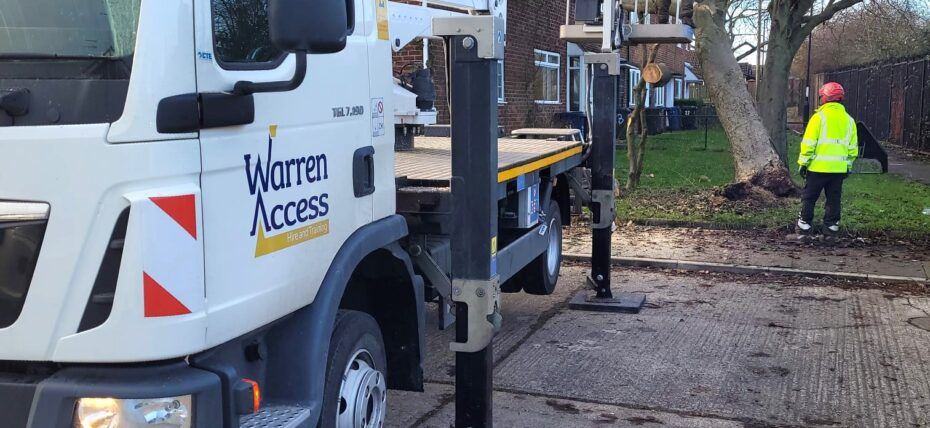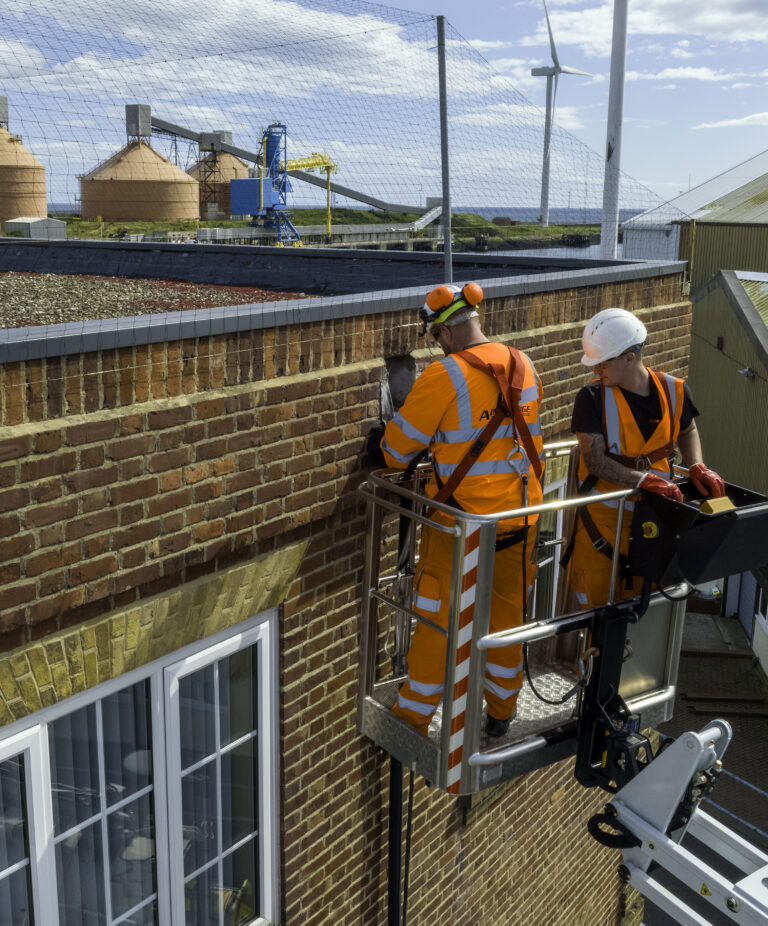
The importance of planning when working at height
IPAF’s plan ahead campaign focuses on reducing the risks of working with MEWPs through proper planning and preparation.
Risk assessments and site surveys
The first step to lowering risk is identifying all potential hazards. That means completing a comprehensive site survey and risk assessment to determine the most effective and safe way of working in the environment. For example, ensuring you select the most appropriate access and safety equipment.
Setting up the worksite
One of the biggest risks when working at height from MEWPs is falling. You can lower the risk, however, by ensuring the MEWP is on even ground and set up out of the way of overhead and underfoot obstructions that could cause it to topple over. Exclusion zones protect the public from potential issues such as falling objects, and routes and walkways separate pedestrians and traffic. If working near roads, think about traffic management and work out the safest driving route to work areas, including turning circles, parking, and storage.
People error
Accidents happen; it’s human nature. But lower risk by ensuring competent people plan, supervise, and complete all work. If you’re looking for training, contact us – we run a range of IPAF and PASMA approved training courses at your premises or from our training centres in Newcastle and Huntingdon. Book Now!
It’s not all about training, though; workers need to be physically and mentally fit for work. Planning the job and welfare facilities with employees in mind reduces the likelihood that they’ll feel rushed, frustrated, or fatigued, all of which increase the chance of accidents.
Machinery failure
Machinery failure causes downtime, expensive delays and, potentially, accidents and fatalities. Schedule regular inspections and maintenance and carry out pre-use checks to ensure all equipment is safe before use. Work to equipment limits when the weather permits and remove keys when not in use to avoid unauthorised people from using machinery.
Emergency Procedures
With proper planning, your job should go smoothly. But, just in case, it’s essential to plan for problems and be ready to react quickly. Have strategies in place to recover injured or ill operatives in machinery or suspended in a harness and reiterate them to everyone involved in the job. Display evacuation procedures and emergency contact information obviously, and provide easy access to first aid kits, spill kits and firefighting equipment.
The more prepared you are, the less likely a small accident will escalate into a big one. Speak to us if you’d like further information or advice in planning your next work at height venture. Our experts are on hand to help.


